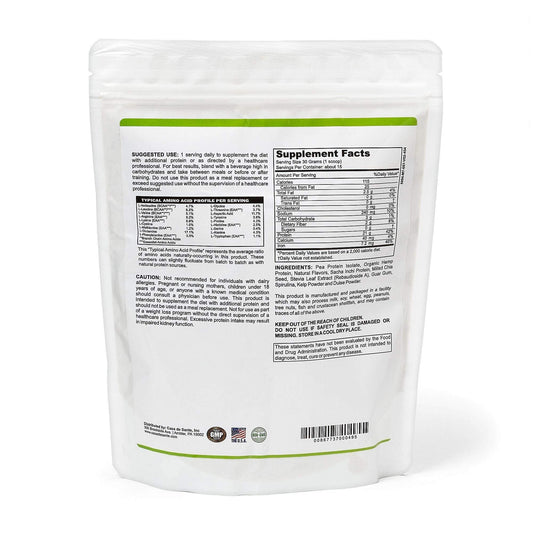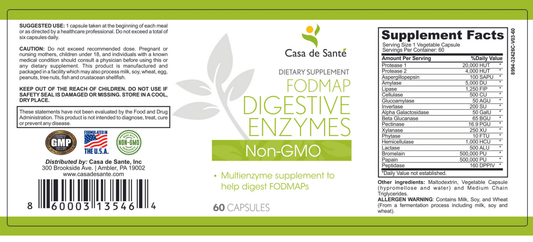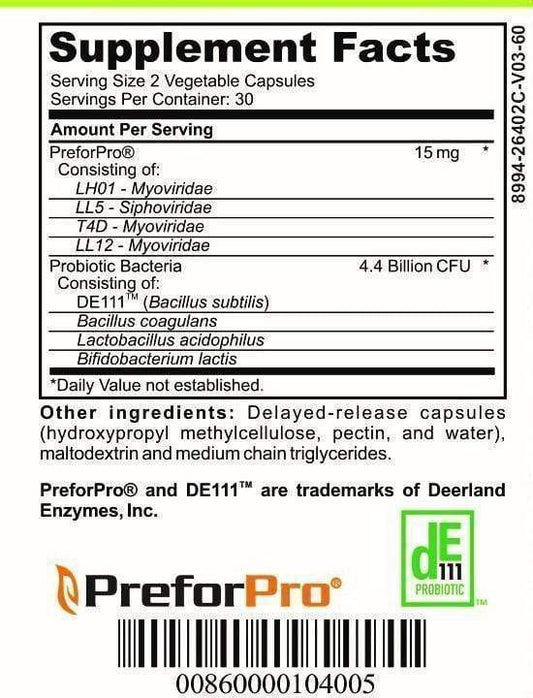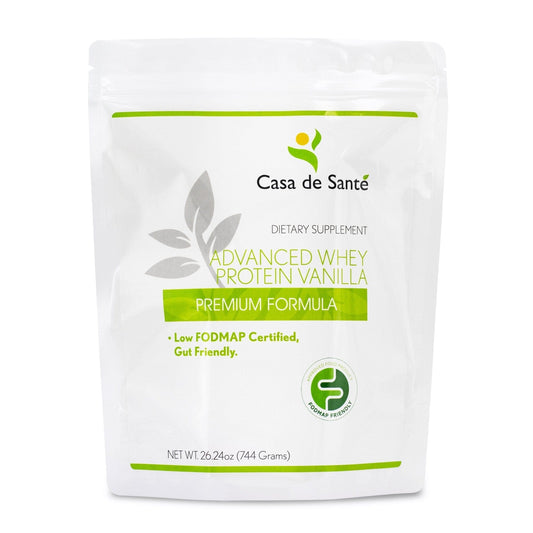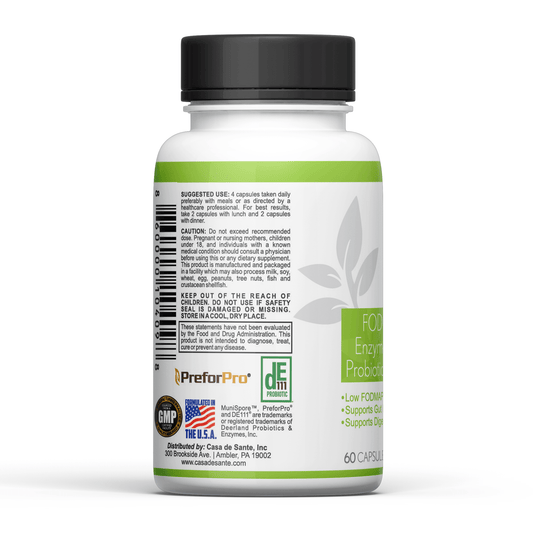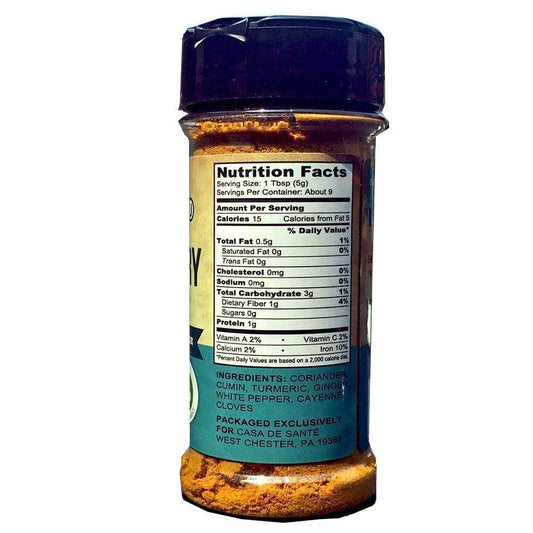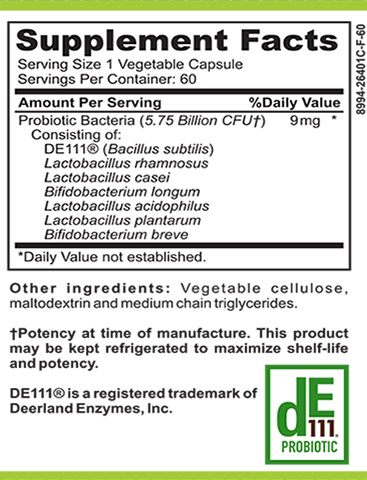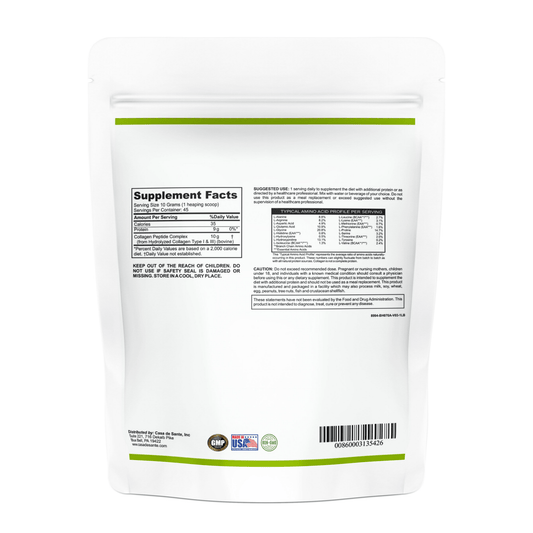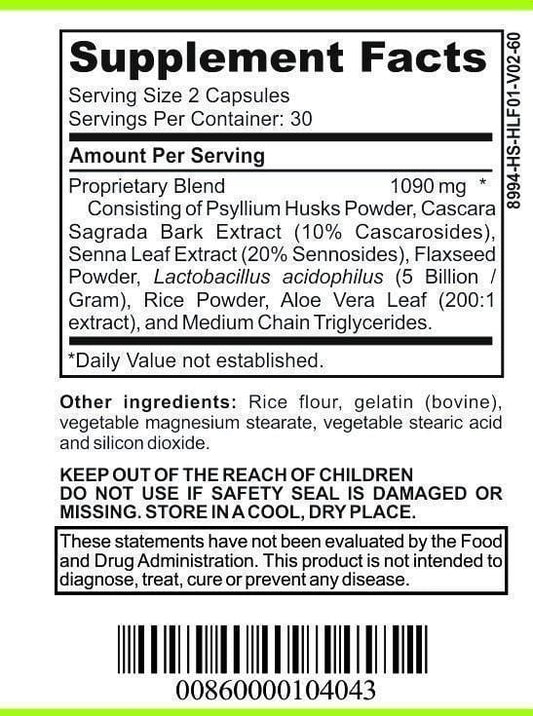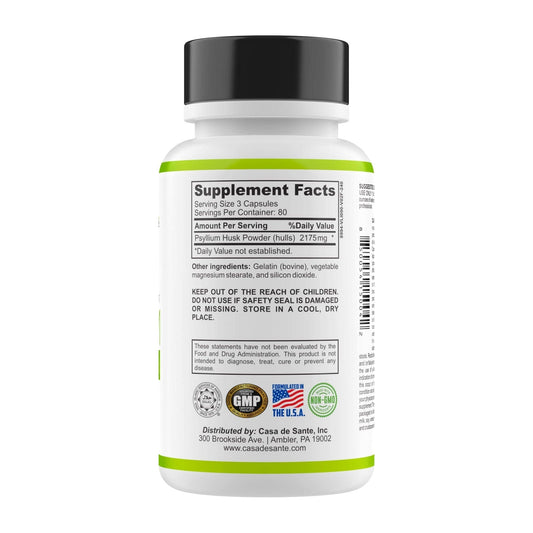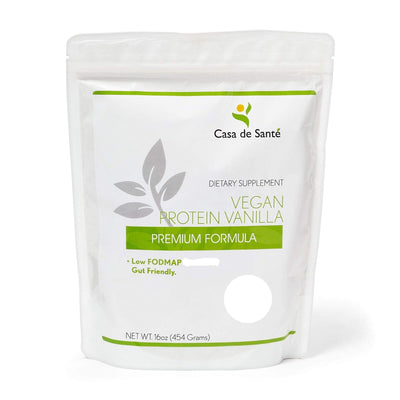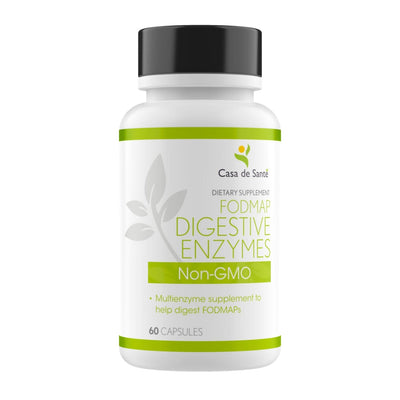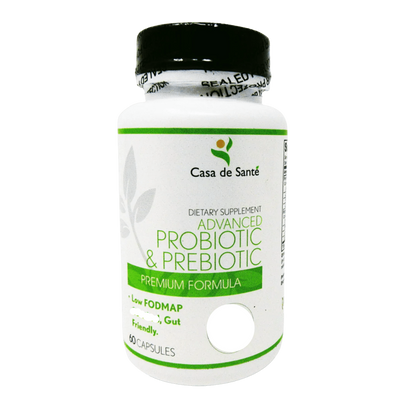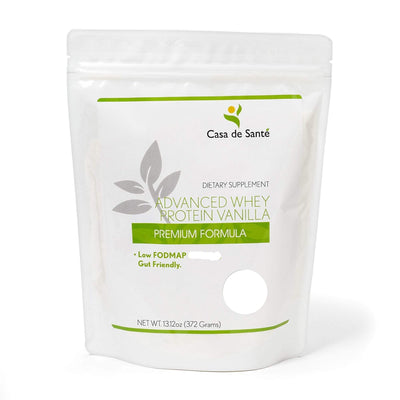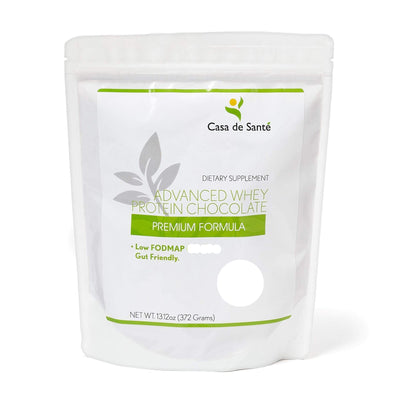Potato Flour Vs All Purpose Flour
Potato Flour Vs All Purpose Flour
Potato Flour Vs All Purpose Flour
When it comes to baking and cooking, the choice of flour plays a crucial role in determining the taste, texture, and overall quality of the final product. One of the constant debates in the culinary world revolves around potato flour and all-purpose flour. Both flours have their distinct characteristics and uses, making it essential to understand their differences to make an informed choice in your recipes.
All-Purpose Flour
Let's start by discussing all-purpose flour, one of the most commonly used flours in cooking and baking. As the name suggests, all-purpose flour is versatile and can be used in a multitude of recipes. It is made from a blend of hard and soft wheat, which gives it a moderate protein content, typically around 10-12%. The protein content is essential for gluten development, which contributes to the structure and texture of baked goods.
All-purpose flour generally produces a lighter texture and tender crumb in baked goods, making it an excellent choice for cakes, cookies, and pastries. Its moderate protein content allows for a balanced gluten formation that provides structure without resulting in a dense final product.
What is Potato Flour?
Now, let's dive into the world of potato flour. Unlike all-purpose flour, which is made from grains, potato flour is derived from dried potatoes. The potatoes are dehydrated and ground into a fine powder, resulting in a flour-like consistency. Potato flour is gluten-free, making it a suitable option for individuals with gluten sensitivities or those following a gluten-free diet.
Due to its gluten-free nature, potato flour is not typically used as a 1:1 substitute for all-purpose flour. Instead, it is often combined with other gluten-free flours and starches to achieve the desired texture and structure. Potato flour is known for its ability to absorb and retain moisture, making it an excellent choice for adding moisture to gluten-free recipes.
Nutritional Comparison: Potato Flour vs. All-Purpose Flour
When comparing the nutritional profiles of potato flour and all-purpose flour, there are some key differences to consider. All-purpose flour is a good source of carbohydrates and provides some essential nutrients like iron and B vitamins. However, it is relatively low in other essential nutrients like fiber and protein.
On the other hand, potato flour offers a higher fiber content compared to all-purpose flour, thanks to the skin of the potatoes being included in the processing. Additionally, potato flour contains more potassium, vitamin C, and magnesium compared to all-purpose flour. These nutrients contribute to the overall nutritional value of dishes made with potato flour.
Texture and Consistency: A Comparison between Potato Flour and All-Purpose Flour
Texture and consistency are crucial factors to consider when choosing between potato flour and all-purpose flour. All-purpose flour, with its gluten content, creates a light and airy texture in baked goods. Cakes are fluffy, breads are springy, and cookies have a tender bite when made with all-purpose flour.
On the other hand, potato flour produces a moister and denser texture, which can be desirable in certain recipes. It adds a subtle richness and tenderness to baked goods, making it a popular choice for gluten-free cakes, muffins, and pancakes. However, it is important to note that using potato flour alone may result in a heavier and more dense final product compared to all-purpose flour.
Baking with Potato Flour: Tips and Tricks
When utilizing potato flour in your culinary creations, there are some important tips and tricks to keep in mind. Due to its moisture-absorbing properties, it is advisable to increase the liquid content in your recipe when substituting potato flour for all-purpose flour. This helps to maintain the desired consistency and prevent the final product from becoming too dry.
Furthermore, it's important to note that potato flour has a distinct flavor, which can affect the taste of your dishes. It adds a subtle earthiness and slight sweetness, which may pair well with certain recipes or clash with others. It's crucial to consider the overall flavor profile of your dish when incorporating potato flour and adjust the other ingredients accordingly.
Baking with All-Purpose Flour: Tips and Tricks
Baking with all-purpose flour comes with its own set of tips and tricks. One of the key factors to consider is the protein content. The higher the protein content, the stronger the gluten formation will be. For lighter and tender baked goods, opt for a brand of all-purpose flour with a lower protein content, typically around 10-11%.
Additionally, when substituting all-purpose flour for other types of flour, it is essential to keep in mind the differences in texture and moisture content. All-purpose flour provides a balanced texture and consistency, making it a reliable choice for a wide range of recipes.
Gluten-Free Options: Exploring the Benefits of Potato Flour
For individuals with gluten sensitivities or those following a gluten-free diet, potato flour offers a range of benefits. Its gluten-free nature allows for the creation of delicious gluten-free recipes without sacrificing taste or texture. By combining potato flour with other gluten-free flours and starches, you can achieve the desired consistency and structure in your gluten-free baked goods.
Furthermore, potato flour's ability to absorb and retain moisture makes it an excellent choice for gluten-free recipes that tend to be drier. It helps provide a moist and tender texture, enhancing the overall eating experience. Whether you're baking gluten-free bread or whipping up pancakes, potato flour can be a valuable addition to your pantry.
Versatility in Cooking: How to Use Potato Flour in Various Recipes
Potato flour's versatility extends beyond baking. It can be used in a variety of savory dishes as well. For example, you can use potato flour as a thickening agent in soups, stews, and sauces. Its ability to absorb liquid aids in creating a smooth and creamy consistency, adding body to your favorite recipes.
Additionally, potato flour can be used as a coating for frying foods. Its moisture-absorbing properties help create a crispy and flavorful exterior while sealing in the natural juices of the protein.
Traditional Uses of All-Purpose Flour in Cooking and Baking
All-purpose flour has long been a staple in the kitchen, serving a multitude of purposes in cooking and baking. It is an essential ingredient in traditional recipes like bread, cookies, and pastries. Its versatility allows for the creation of a wide range of dishes, from hearty loaves of bread to delicate pastries.
Moreover, all-purpose flour is often used as a thickening agent in sauces, gravies, and pie fillings, adding body and creating a smooth texture. It acts as a binding agent in meatballs, meatloaf, and burgers, helping to hold the ingredients together.
Price Comparison: Is Potato Flour more Affordable than All-Purpose Flour?
When it comes to price, there is often a significant difference between potato flour and all-purpose flour. All-purpose flour is generally more affordable and widely available in bulk quantities. Due to its widespread use and production, the cost of all-purpose flour is typically lower than specialty flours like potato flour.
However, it's important to consider the quantity needed in your recipes. Potato flour tends to be used in smaller amounts due to its powerful absorption abilities. While it may be pricier per pound, you'll likely use less of it in each recipe, making it a cost-effective option in the long run.
Shelf Life: How Long Does Potato Flour Last Compared to All-Purpose Flour?
The shelf life of both potato flour and all-purpose flour can vary depending on storage conditions. All-purpose flour generally has a longer shelf life, often lasting up to one year when stored in a cool, dry place. It is important to keep all-purpose flour away from moisture, as it can cause clumping or mold growth.
On the other hand, potato flour has a shorter shelf life due to its higher moisture content. It is advisable to use potato flour within six to eight months to ensure optimal quality. Properly sealing the package after each use and storing it in a cool, dry place can help extend its shelf life.
The Environmental Impact: Assessing the Sustainability of Potato Flour versus All-Purpose Flour Production
When considering the environmental impact of flour production, it is essential to analyze various factors such as land use, water consumption, and greenhouse gas emissions. All-purpose flour production, which predominantly relies on wheat cultivation, requires significant amounts of land, water, and energy.
In comparison, potato flour production has a more favorable environmental footprint. Potatoes have a higher yield per acre compared to wheat, which means less land is required for cultivation. Additionally, potatoes typically require less water and fewer fertilizers and pesticides, further reducing their environmental impact.
Potential Health Benefits of Using Potato Flour over All-Purpose Flour
Using potato flour in your recipes can offer some potential health benefits. Firstly, as mentioned earlier, potato flour is gluten-free, making it suitable for individuals with gluten sensitivities or celiac disease. It allows those with dietary restrictions to enjoy a wide range of delicious dishes without compromising on taste or texture.
Furthermore, the higher fiber content in potato flour compared to all-purpose flour can have positive effects on digestion and satiety. Fiber promotes regular bowel movements and helps keep you feeling fuller for longer, potentially aiding in weight management and overall gut health.
Taste Test: Comparing the Flavors of Dishes Made with Potato Flour and All-Purpose Flour
The taste of dishes made with potato flour and all-purpose flour can differ significantly. All-purpose flour, with its neutral flavor profile, allows the other ingredients in the recipe to shine. It acts as a canvas, enabling the flavors of the dish to take center stage.
On the other hand, potato flour adds a subtle earthy and slightly sweet taste to dishes. This can complement certain recipes and enhance their overall flavor. If you enjoy a mild hint of sweetness or want to add depth to your baked goods, potato flour might be the perfect addition to your pantry.
A Closer Look at the Production Process of Potato Flour versus All-Purpose Flour
Understanding the production process of potato flour and all-purpose flour provides valuable insights into their differences. All-purpose flour is made by milling and refining wheat grains. The grains are first cleaned and tempered before being ground into a fine powder. The bran and germ, which contain most of the nutrients and fiber, are usually removed during the refining process.
On the other hand, potato flour undergoes a different production process. Potatoes are first washed, peeled, and cooked until tender. The cooked potatoes are then dehydrated and ground into a powder, resulting in potato flour. This process retains more of the potato's natural nutrients and fiber compared to all-purpose flour.
The Role of Starch in Cooking: Understanding the Starch Content of Potato and All-Purpose Flours
Starch plays a significant role in cooking and baking, influencing the texture and consistency of the final product. Both potato flour and all-purpose flour contain starch, albeit in varying quantities.
Potato flour has a higher starch content compared to all-purpose flour. This high starch content contributes to its moisture-absorbing properties, making it ideal for thickening sauces and creating moist baked goods. In contrast, all-purpose flour's starch content contributes to gluten formation, providing structure and lift to baked goods.
Risks and Considerations when Substituting Potato or All-Purpose flour in Recipes
When substituting potato flour or all-purpose flour in recipes, there are some risks and considerations to keep in mind. Firstly, it's important to note that potato flour is gluten-free, which means it cannot be used as a direct substitute for all-purpose flour in recipes that rely on gluten for structure and texture, such as bread.
Additionally, when introducing potato flour to your recipes, it's crucial to consider the moisture-absorption properties. Potato flour has a higher absorption rate than all-purpose flour, meaning it may require adjustments to the liquid content to maintain the desired consistency.
Expert Opinions: Chefs' Perspectives on Using Potato or All-Purpose Flour in their Culinary Creations
To get an expert perspective on the topic, we talked to chefs with experience in both home cooking and professional kitchens. Their opinions shed light on the practical implications of using potato or all-purpose flour in culinary creations.
Chef Jane, an experienced pastry chef, mentioned that while she loves all-purpose flour for its versatility in desserts, she appreciates the unique qualities that potato flour brings to gluten-free baking. She recommends using a combination of potato flour and other gluten-free flours to achieve the best texture and flavor.
Chef John, an executive chef specializing in savory dishes, mentioned that he enjoys experimenting with potato flour as a thickening agent for his sauces and soups. He emphasized that the quality of the potato flour is crucial and advises sourcing it from reputable brands to ensure consistency and flavor.
In conclusion, both potato flour and all-purpose flour have their own strengths and uses in cooking and baking. Understanding the differences in their characteristics, nutritional profiles, and production processes allows for informed decision-making in the kitchen. Whether you're looking for a gluten-free alternative, adding moisture to recipes, or seeking a versatile all-around flour, both potato flour and all-purpose flour have a place in your culinary journey.


